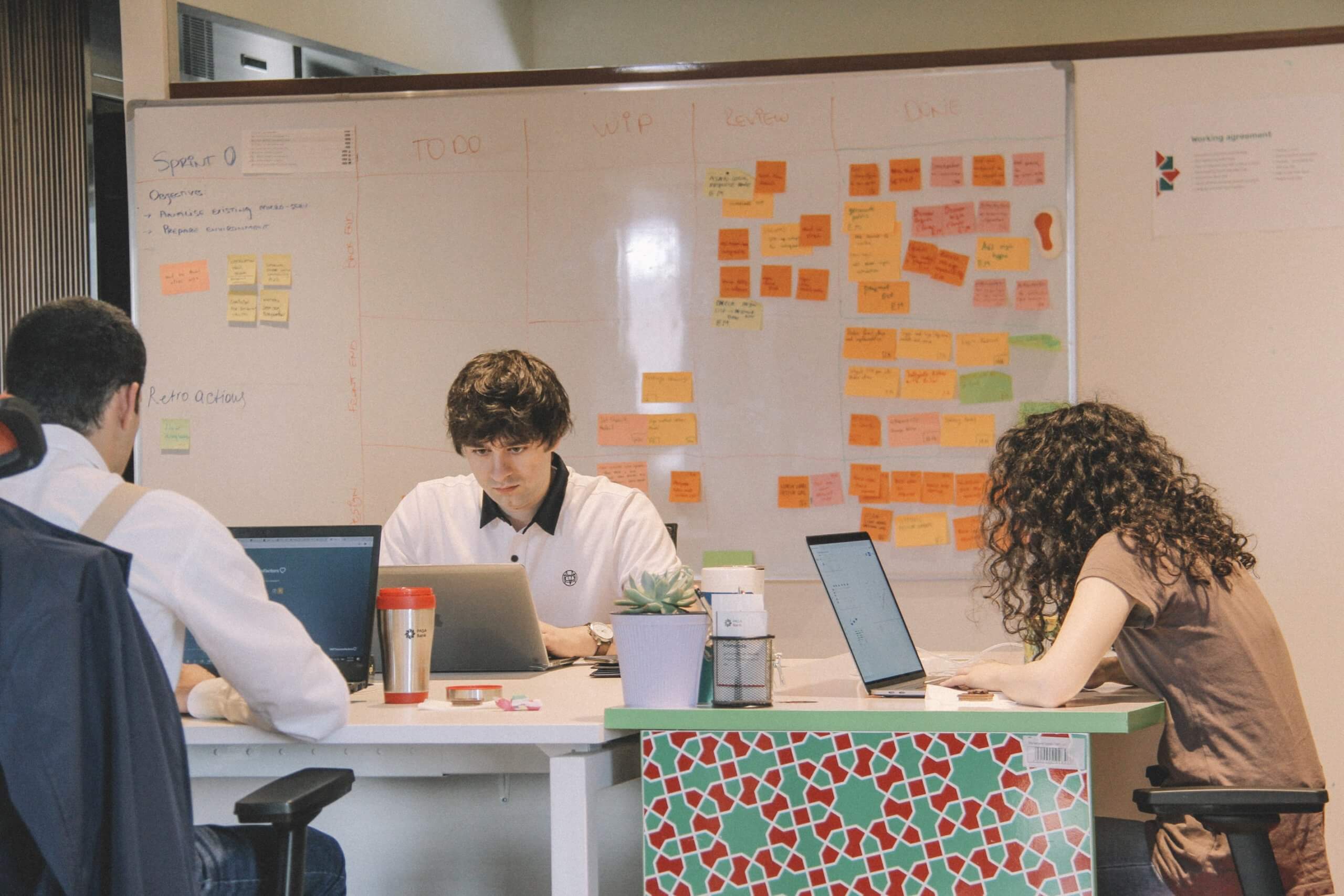Students make hundreds of decisions each day, from what kind of cereal to have in the morning to the dichotomy of true and false during their biology exam. Choice after choice, hour after hour, the product of a student’s day, and anyone’s day for that matter is the ability to make the right choice by considering all variables, predicting the probability of an outcome, and finalizing a decision. So, how on earth do we help students produce better decisions in quality and efficiency? The key lies in a little known field of study called relational complexity.
Relational complexity seeks to understand how our brain selects and compares variables internally and externally to arrive at a decision. Study after study in this inconspicuous field shows that the fewer variables we have to hold in mind, the more effective we are at making quality decisions. Let’s explore.
A student, James, has a science project due in two weeks. The project requires him to design a meaningful experiment, test a variable, analyze the results, and create a presentation to convey his findings to his classmates. James sits down to start the project but is frozen. He doesn’t know what to do first. Should he research experiment ideas or go buy supplies for his posterboard? Or maybe, he should call a classmate to see what other topics have already been taken? Frazzled by the cornucopia of options, James chooses the most comfortable path: he waits. A similar debacle occurs the next day and for the rest of that week. James finally makes a decision the following Monday (four days until the presentation), but it’s a terrible one. He googles “easy science experiments”, chooses one, and copies the procedure and results verbatim. He scrambles to piece together the presentation in time and halfheartedly explains “his” findings to the class. The teacher is unimpressed and receives an invitation to the dean’s office later that afternoon. You know how the rest of the story goes.
Surely there must be a better way. James, unfortunately, learns the importance of systematic decision making the hard way. But your student doesn’t have to risk plagiarism to understand the process of better decision making. Below, we examine three critical tenants of relational complexity that can help students make more efficient, higher quality decisions.
(Literally) Take a Page Out of Mark Twain’s Playbook
Mark Twain, the famous author of The Adventures of Huckleberry Finn, always carried a notebook. He often used it for jotting down story ideas in real-time. However, capturing the muse wasn’t the sole purpose. Whenever Twain had to make a decision, small or large, he opened the notebook and dumped every variable onto the page. Much like an experienced puzzler dumps out all of the pieces before trying to put them together, Twain gets all of the variables out of his head and onto the paper. This technique helps for two reasons: (1) it frees up brainpower by eliminating the cognitive bandwidth used to remember the variables themselves, and (2) it allows for pattern recognition or creation, which we’ll cover next.
Let’s Get Visual
Human beings love patterns because they reduce the complexity of the concept. For instance, the acronym Roy G. Biv simplifies the sequence of hues commonly described as making up a rainbow: red, orange, yellow, green, blue, indigo, and violet. Simplicity is beautiful because it frees up space in our “mental stage”, the pre-frontal cortex. Each variable we hold in our mind is like an actor, and our mental stage can only hold four to seven “actors” on stage at a time. Acronyms or other simplification tools allow one actor to represent many variables, freeing up space for the rest of the cast. After we get our thoughts on paper, we need to simplify and develop patterns. For instance, James could have unloaded all the steps necessary to complete the science project, grouped these steps into five or six stages, and assigned each stage to a workday. This process of prioritization frees up the bandwidth and reduces complexity, allowing us to make better decisions. The timing of this prioritization process is crucial. Students can visualize in many different ways:
- Represent variables with physical items (notebook, stapler, etc.).
- Inject color to introduce categories using highlighters.
- Create columns and tables to visualize distinctions
- Group variables on separate pieces of paper entirely.
Prioritize Preemptive Prioritization
Prioritization, like inhibition, is one of the most demanding cognitive tasks a student can perform. If a student attempts to prioritize on the fly, meaning within their study sessions or as they complete assignments, it’s likely the rest of their work will suffer. As we use the energy-laden process of prioritization, we have fewer cognitive resources to tackle other tasks. Therefore, a student should prioritize prioritization. It should always be the first step in any decision because it reduces the complexity of subsequent choices. It’s significantly easier to follow a process than to create and follow a process simultaneously.
Sound decision-making ability depends on a sound system. Understanding the science of relational complexity allows students to more efficiently and more effectively choose the good in front of them.
For more ideas on how to help your student succeed, please check out our other resources or, better yet, help your student get ahead and stay ahead with one-on-one academic coaching.





